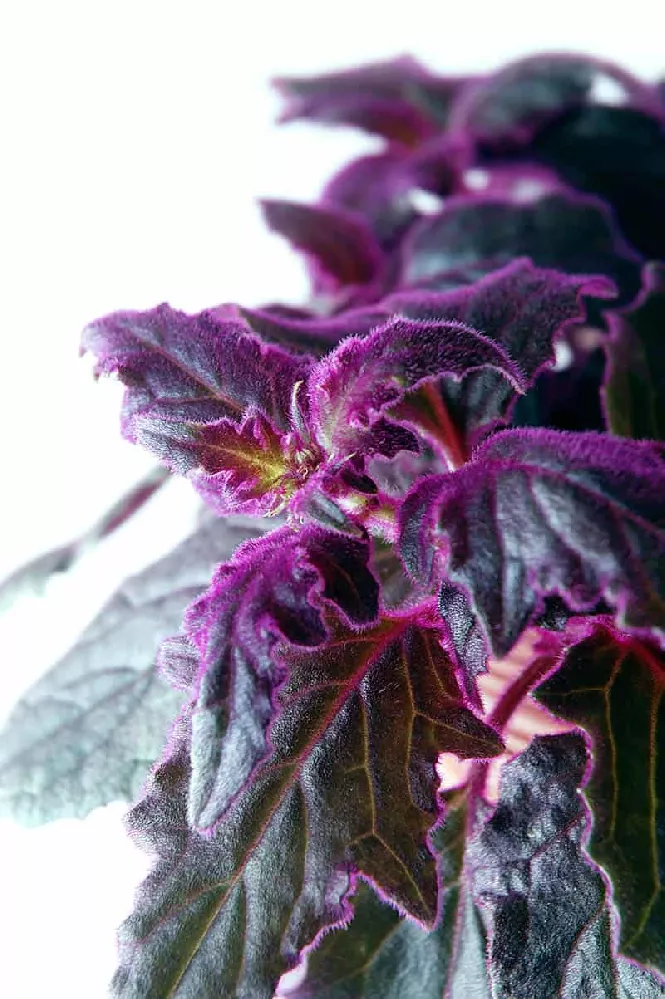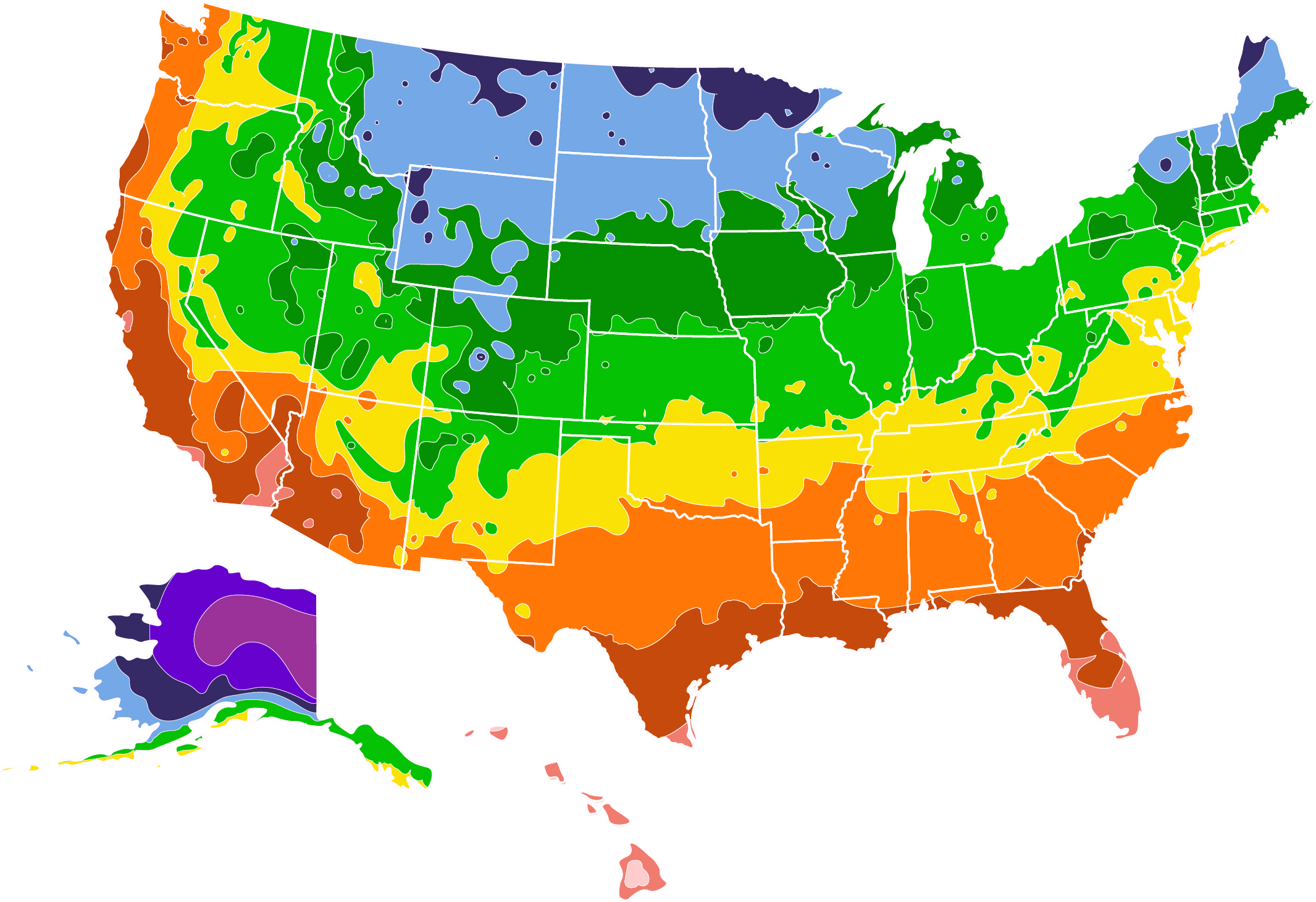- Home >
- Purple Velvet Plants
Purple Velvet Plants for Sale - Buying & Growing Guide
Little Prince Nursery - 4.5 inch pot - Gynura "aurantiaca" Purple Passion Plant, Velvet Plant
Enter your zip code to find nearby stores that may carry this plant.
Purple velvet plant, also known as purple passion plant, or Gynura aurantiaca, is an unusual house plant with striking purple-green, furry leaves. It is not hard to grow and can make an attractive addition to any arrangement of container plants in the house or on a patio. A native of the island of Java, in Indonesia, it grows quickly to a height of one to two feet tall. The appeal of the purple velvet plant is in the leaves rather than its flowers. The small red-yellow flowers emit an unpleasant odor and are usually trimmed off as soon as they appear, letting the leaves steal the show.
- Has fuzzy, purple leaves that are appealing and unusual.
- Easy to grow, making it a nice addition to a windowsill display.
- Flowers are best cut back since they have an offensive odor.
Planting and Care
Planting instructions
Choose a container for your purple velvet plant that is several inches larger than the root ball. Place a layer of gravel or river stones in the bottom to help with drainage, and then fill the container with a high-quality potting mix. Dig a hole for your plant that is larger all around than the root ball and place the plant in the pot so that the top of the root ball is even with the top of the soil. Fill in the soil around the plant, tamping down to eliminate air pockets. Water thoroughly. If you wish, place an organic mulch such as bark chips around the plant.
Watering and nutrients
When watering your purple velvet plant, you are trying to reach a balance between having dry, cracked soil and soggy ground that will encourage root rot. Monitor your plant’s soil and water whenever it feels dry so that the soil is moist, but do not allow it to become waterlogged.
As a container plant, the purple velvet plant needs regular applications of fertilizer formulated for houseplants. A good way to do this is to give it a half-strength dose of the product every one or two weeks throughout the growing season. In the winter, allow it to rest by feeding it once a month.
Pruning
The purple velvet plant will grow leggy if it is given adequate water and fertilizer, so it should be pruned to keep it bushy and encourage robust growth near the soil. Prune out any damaged branches, as well as any that have grown more than a foot or so in height. Aim for a low, bushy outline for the plant.
Pests and diseases
Purple velvet plants can fall prey to all the usual suspects when you’re growing houseplants, aphids, mealybugs, spider mites, and more. Monitor your plant regularly, checking the underside of leaves to ensure there are no insects there. Spider mites may leave webs between leaves and stems. If this happens, place your plant in a sink and wash the leaves thoroughly. You can also use neem oil to eliminate insect pests.
Purple velvet plants are prone to root rot brought about by over watering. The roots are delicate and it’s hard to detect rot until it’s too late. Keep an eye out for brown patches on the leaves or curled leaves. One way to handle over watering is to unpot the plant, wash off the roots, and allow it to dry out for a day. Repot in new soil and take care that you water lightly in the future.
Achieving maximum results
Purple velvet plants will live two or three years when well cared for, but this limited lifespan doesn’t mean the end of the road for your garden display. It is fairly easy to propagate so that you can keep a plant going for as long as you wish. To do so, clip off a stem that is several inches long and place it in a glass of water. You should see roots within a few weeks. When you do, replant it in a good quality potting mix and feed lightly.
FAQs
Can purple velvet plant be grown outdoors?
If you live in the southernmost regions of the U.S. or Hawaii, in USDA hardiness zones 10-12, you can try growing purple velvet plants outdoors. As a tropical plant, it will not grow outdoors in most of the continental U.S.
Is purple velvet plant toxic?
Unlike some houseplants, the purple velvet plant is not toxic for either humans or animals, making it an excellent choice if you have small children or pets. It is not recommended you eat any of it as it may cause gastric upset or an allergic reaction for some individuals.








